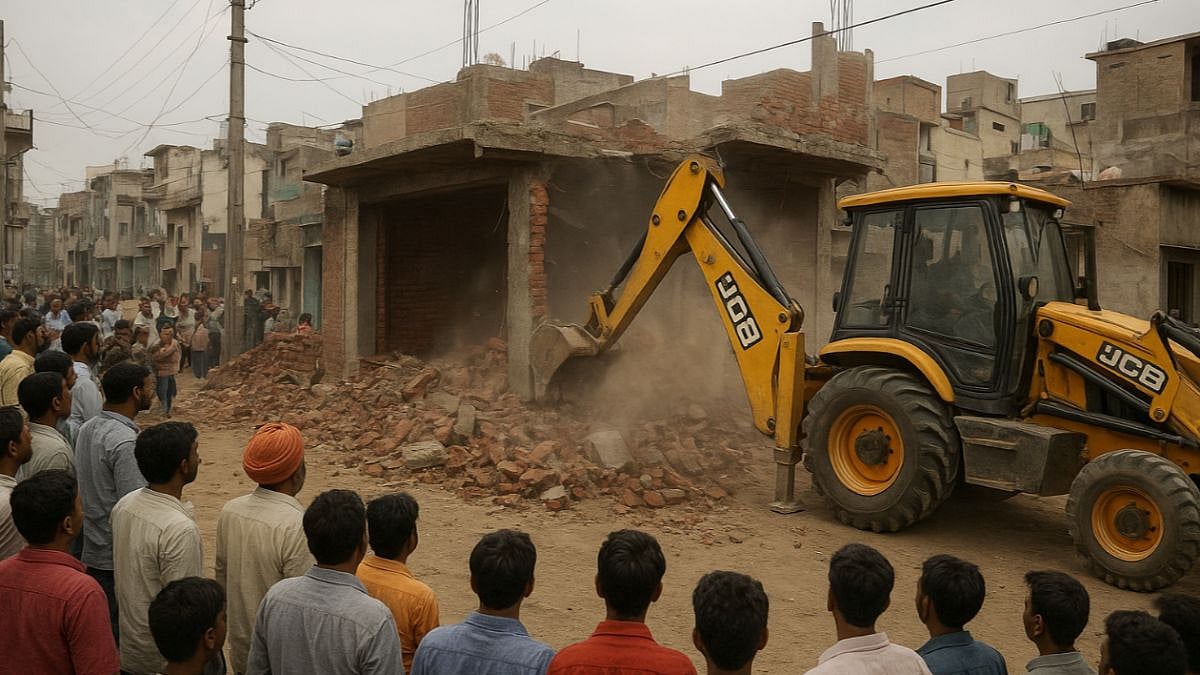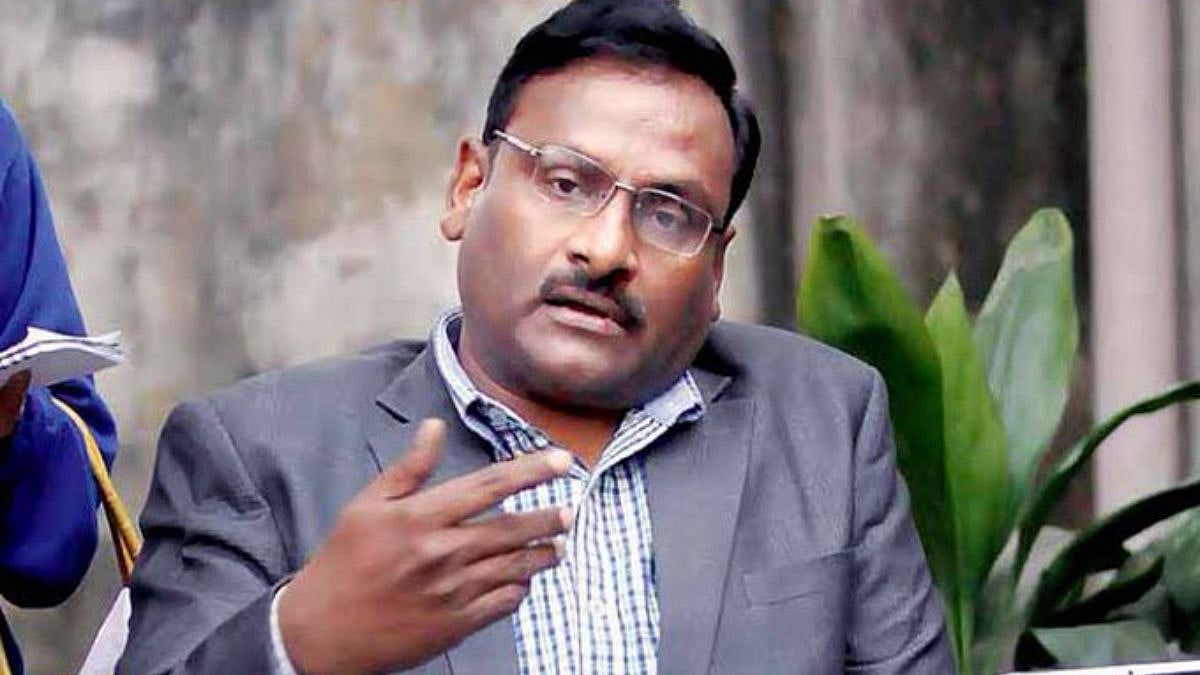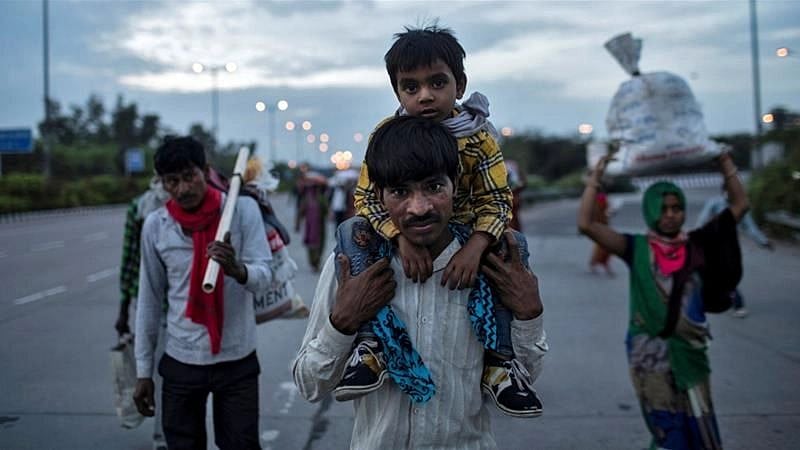Intelligence failure. Those two words have been used to whitewash the Sino-Indian war of 1962, the assassination of Prime Minister Indira Gandhi and subsequently her son Rajiv Gandhi, the Kargil war, various terrorist attacks including the 26/11 siege of Mumbai, the attacks on the Legislature in Srinagar and our Parliament in New Delhi, the Pulwama strike and various other military and civilian targets by terrorist scum from Pakistan, and of late, the Chinese incursion in Galwan.
This failure is usually not in terms of intelligence gathering, but in the ability to assess, parse and act on an overwhelming — and sometimes conflicting — volume of such intelligence. In his recently released book Intelligence over Centuries, former Intelligence Bureau and senior Research and Analysis Wing officer Vappala Balachandran offers an insider’s view into some of the incidents mentioned above.
Although the fascinating book (which should be mandatory reading for every intelligence professional or even amateurs interested in the subject) is more about how intelligence gathering has evolved globally from pre-Biblical times to the modern day, there are some startling revelations about Indian intelligence hits and misses.
Mr Balachandran, who spent 17 years with the Maharashtra Police and another 19 years with RAW in Delhi before retiring as special secretary, Cabinet Secretariat, recounts how on Oct 2, 1986, “a deranged man could have almost wiped out the entire top Indian leadership at Rajghat had he possessed a better weapon. However, he had only a primitive muzzle-loading weapon with which he fired.”
Apparently, this happened because despite prior warnings from RAW (though unless the man was a foreign national or acting on behalf of a foreign agency, why the country’s external intelligence agency would be warning domestic security outfits is not explained) the Special Protection Group, the Intelligence Bureau and the Delhi Police did not search the trees bordering the prayer ground, where the man was hiding. Yet this was described as an “intelligence failure”.
As for Kargil, it is enough to note that the National Security Council met to discuss the issue in June 1999, a month after the initial intrusion was noticed and flagged.
Mr Balachandran, who was a member of the high-level committee appointed by the Maharashtra Government to inquire into the Mumbai Police response to 26/11, asserts that enough indications were coming in from 2006 that Lashkar-e-Taiba (LeT) was preparing to strike Mumbai, most probably through the sea, and that it would be a commando-style attack against multiple targets. In fact, in July 2006, following then National Security Adviser MK Narayanan’s warning that our nuclear plants and assets could be targeted from the sea, a television channel reported that coastal patrolling was conspicuously missing. Less than a year later, the same channel reported that eight Lashkar-e-Taiba terrorists had infiltrated into India through the sea route and two of them were arrested in Kashmir’s Rajouri district.
Apart from this being the first known incident of Lashkar scum using the sea route, what should have set off alarm bells — but didn’t — was the fact that they carried fake IDs with Hindu names, including student and voter ID cards. Just like the ISI lapdogs who laid siege to Mumbai on 26/11 did. Even the multiple targets of these attacks — The Oberoi, the Taj Mahal Palace and Hotel, Leopold Café and a ‘Jewish target’ — found mention in several alerts shared between 2006 and 2008. Only the exact date and time of the attack were not known.
Eleven years later, in February 2019, Adil Ahmad Dar, a suicide bomber owing allegiance to the Jaish-e-Mohammed, another ISI lapdog, rammed his explosive-laden car into a CRPF convoy headed from Jammu to Srinagar, killing 44 troopers and pushing India and Pakistan to the brink of a full-scale war.
But why was such a huge convoy of 78 vehicles, carrying nearly 2,500 CRPF policemen, travelling on a highway on which civilian vehicles were also allowed to ply? That too, despite intelligence inputs from the Jammu & Kashmir Police of a possible terror attack? The official answer: there had been no vehicle suicide bombing in the valley before! So while a CRPF internal report on the incident cited ‘massive’ intelligence failure, the Home Ministry says there was no intelligence failure at all.
The Chinese incursions into Galwan Valley on June 16, 2020 led to a close-quarter fight between Indian soldiers and the PLA in which 20 Indian soldiers died. Beijing admits four deaths, but an Australian website cites ‘reliable’ internet chatter within China to claim the PLA toll was over 40. It is quite clear our intelligence agencies basically failed to read the signs. Or, as Mr Balachandran puts it, it “was a strategic assessment failure... in particular, we did not analyse how Beijing would react in hostile situations.”
For one, the revocation of Article 370 and the splitting of Jammu & Kashmir into two Union territories obviously did not go down well with China. Subsequent maps showing Aksai Chin as a part of Ladakh led to howls of protest from Beijing, which stakes claim to the region. A report by a Chinese think tank claimed that these new maps “posed a challenge to the sovereignty of Pakistan and China... [and] forced China into the Kashmir dispute, stimulated China and Pakistan to take counter actions on the Kashmir issue and dramatically increased the difficulty in resolving the border issue between India and China.” This was similar to the language used by Beijing to justify the 1962 attack on India.
New Delhi’s growing strategic ties with the U.S., its membership of the Quad whose three other members — the U.S., Japan and Australia — are clearly aligned against China, the fact that two senior Indian ministers attended the virtual swearing in of Taiwan’s President Ing Wen for a second term, and Prime Minister Narendra Modi’s virtual summit with his then Australian counterpart Scott Morrison to sign a strategic partnership added to Beijing’s unease and annoyance.
But while no country can question these assertive moves by India to protect its interests, it was naïve to assume that China would sit back and do nothing. Just having intelligence is not enough. It’s what you do with it that matters.
Ramananda Sengupta is a foreign and strategic affairs analyst










